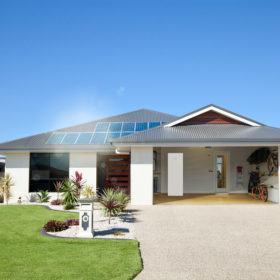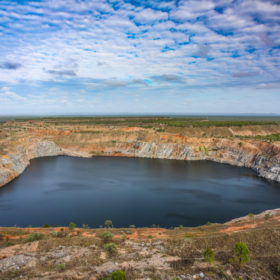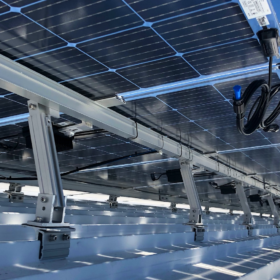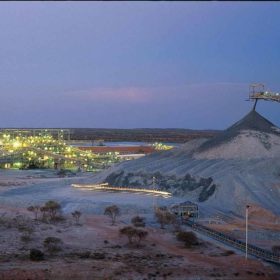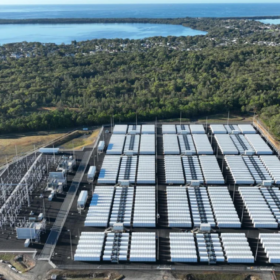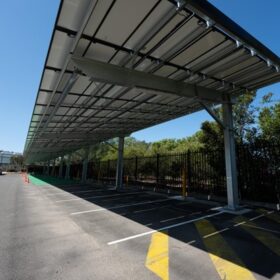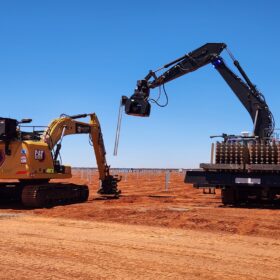Smart meter time of use pricing to drive up household energy costs without the help of solar and batteries
New research released this week by The Australia Institute shows that ‘time of use pricing’ (ToU) facilitated by smart meters is likely to drive up household energy costs by $429 a year on top of already high prices. Analysis of national electricity market data suggests that demand for electricity in Australia is very inelastic, which makes ToU more likely to increase the profits of electricity companies than to assist consumers. Households with solar PV and batteries, however, are best suited to cope with this type of pricing.
Global renewables investment fell in the first half of this year
While Spain, Sweden, Ukraine and Brazil attracted more funds than last year, China’s transition to an auction-based procurement system and slow performance overall in Europe saw worldwide backing decrease. BloombergNEF does expect investments to ramp up in the second half, however.
Genex’s Kidston pumped hydro project lands $610 million federal loan
Australia’s first large-scale project to use pumped hydro to store solar generated power, the Kidston facility in north Queensland, has landed a $610 million loan from the Federal Government’s the Northern Australia Infrastructure Facility (NAIF).
High voltage interconnection in place, installation set to get underway at WA’s largest PV project
Chinese PV module maker and project developerRisen Energyis pushing its 132 MW Merredin Solar Farm in WA’s Central Wheatbelt towards full scale installation. The company is hungry to meet its ambitious goal to develop 2 GW of large-scale solar PV projects in Australia.
Vicinity sets net zero carbon target by 2030, as $73 million solar program nears completion
On the back of a combination of its industry-leading solar program and energy efficiencies, Vicinity Centers has announced a zero net carbon target by 2030 for its 34 shopping centers.
Grid data transparency vital to making the case for renewables in Vietnam
With a glut of solar capacity having come online this year, cheaper financing would help keep some of that momentum but policymakers cannot be persuaded of the economic benefits of clean energy unless state-owned utility EVN opens up.
UniSA research finds batteries make economic sense in South Australia
Under the right conditions, solar batteries are economically beneficial for South Australian homeowners and can pay for themselves off within the warranty period, a new research finds.
IHS Markit: Global EPC market grew 34% last year
China’s slowdown in installations last year was more than made up for by expansion elsewhere, according to IHS Markit. The news comes amid increasing market fragmentation – with the biggest engineering, procurement and construction business boasting less than 3% market share – and internationalization, with almost half of the top 15 companies operating across more than one region.
2019 shaping as watershed year for renewables in resource sector
As one of the most energy-intensive industries, the resource sector is getting serious about integrating cheap wind and solar energy into its mix to boost bottom lines. Although still predominantly underpinned by gas or diesel, mine operations are increasingly deploying hybrid solutions pointing to the potential of the sector transitioning to 100% renewables – particularly as momentum builds for green hydrogen to play a role in future microgrids.
ZEN Energy readies to build 2.3 MW rooftop solar array at Tonsley
The first phase of a 6 MW solar array planned to power a former car manufacturing site at Tonsley in Adelaide will be delivered by ZEN Energy. The solar installation will ultimately work in conjunction with on-site battery storage and smart technologies as part of Enwave Australia’s Tonsley District Energy Scheme.
